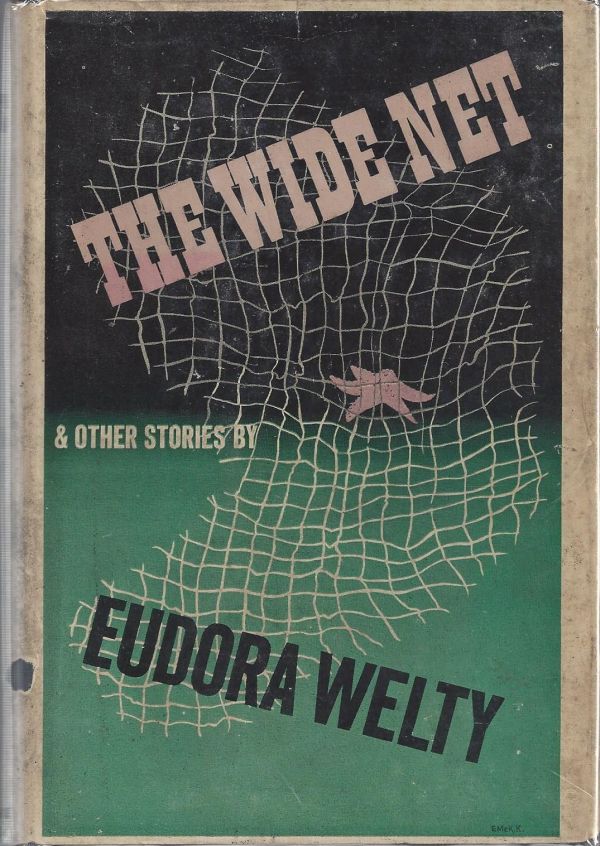 The Long Valley by John Steinbeck. New York: Viking Press: 1938.
The Long Valley by John Steinbeck. New York: Viking Press: 1938.
Many of The Long Valley stories were written at Steinbeck’s childhood home in Salinas, California. Unemployed and with little money earned from his previous publishing efforts, Steinbeck cared for his mother after she suffered a stroke. Not a natural caregiver, Steinbeck found the situation quite challenging. While his wife and father carried on with their daily lives, he stayed at home. Steinbeck later commented that it was this very hardship that pressed him to produce his highest quality work yet: short stories composed in three old ledger notebooks he found in his father’s office.
The early twentieth century was the golden age of the short story and many writers established their reputation with the form; Steinbeck used it to perfect his craft. The Depression Era market supported the affordable sale of a single story to the average American. Many of The Long Valley stories were originally published on their own in popular periodicals like the Saturday Evening Post or The Atlantic Monthly or as limited editions.
Steinbeck’s friend and editor, Pascal Covici, gathered up the writer’s best short fiction, including “The Chrysanthemums”–one his most anthologized works—and all four stories that comprise “The Red Pony,” for The Long Valley collection. Covici left behind his own failed publishing house and took Steinbeck with him to Viking Press in order to publish The Long Valley. Artist Elmer Hader illustrated the dust jacket and would go on to conceive the art for The Grapes of Wrath, East of Eden, and The Winter of Our Discontent.
In 1938, The Long Valley listed advanced sales at an impressive 8,000 copies. While this print run was much higher than any of his previous publications, it is much smaller than any of his books that followed. Today, The Long Valley is often overlooked in its value for collectors and in its display of Steinbeck’s talent as a short story writer.
Written by Lisa Newman, A version of this column was published in The Clarion-Ledger’s Sunday Mississippi Books page.






 accuracy of this story is another place my affinity rests. Smith has a PhD in history from UNC, and she applies her knowledge of early America without turning the novel into a textbook. The sentences themselves flow so easily, I found myself lost in the beauty of the writing several times. Here’s an example, focusing on the wedding of John and Helen:
accuracy of this story is another place my affinity rests. Smith has a PhD in history from UNC, and she applies her knowledge of early America without turning the novel into a textbook. The sentences themselves flow so easily, I found myself lost in the beauty of the writing several times. Here’s an example, focusing on the wedding of John and Helen:
